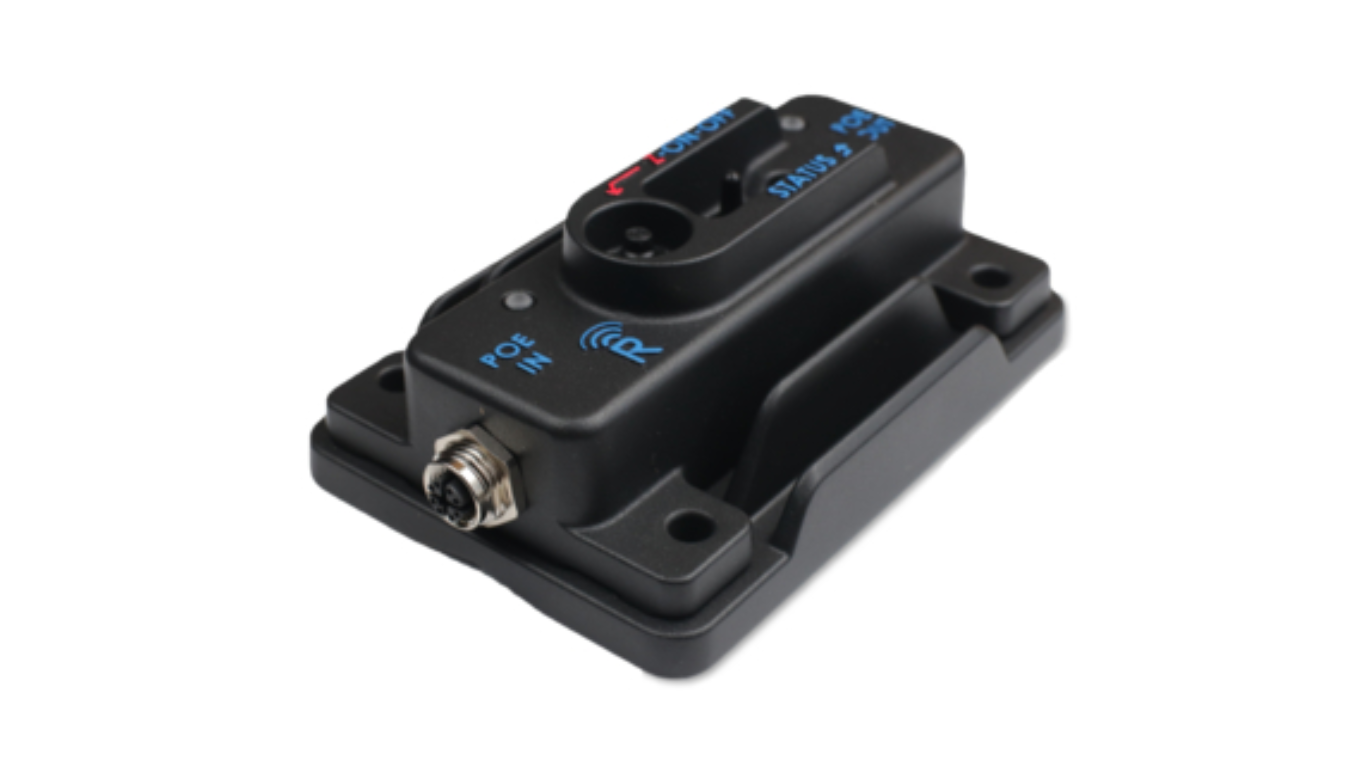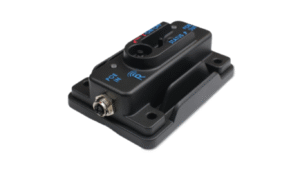Australian Electrical Standards play a crucial role in ensuring safety, efficiency, and reliability in electrical installations and equipment across the country. These standards serve as a benchmark for electrical contractors, manufacturers, engineers, and building professionals, providing clear guidelines on design, construction, testing, and maintenance.
In this blog post, we’ll explore the importance of Australian Electrical Standards, highlight some key areas they cover, and explain how they impact everyday electrical work in Australia.
Why Australian Electrical Standards Matter
Electrical standards in Australia are designed to protect people, property, and infrastructure. They are developed through consultation with industry experts and are periodically updated to reflect advances in technology, materials, and practices.
By complying with these standards, professionals can reduce the risk of electrical hazards such as shocks, fires, and equipment failures. For the general public, adherence to standards ensures that homes and workplaces remain safe and energy-efficient.
Key Organisations Behind the Standards
In Australia, electrical standards are published by Standards Australia. These documents often align with international standards but are tailored to local conditions, including climate, building codes, and network infrastructure. Regulatory bodies and state governments often refer to these standards when enforcing electrical laws and regulations.
The Backbone: AS/NZS 3000 Wiring Rules
One of the most critical documents in the Australian electrical standards landscape is the AS/NZS 3000, commonly known as the “Wiring Rules.” This standard outlines how electrical installations must be designed and installed in residential, commercial, and industrial settings.
It covers areas such as:
- Proper earthing and bonding
- Circuit protection
- Placement of outlets and switches
- Use of safety switches (RCDs)
- Requirements for specific environments like wet areas
The AS/NZS 3000 is mandatory and forms the basis for inspections and approvals across Australia and New Zealand.
Other Important Electrical Standards
While AS/NZS 3000 is foundational, there are many other standards that govern specific components and applications. Some of the notable ones include:
AS/NZS 3017: Testing Guidelines
This standard provides procedures for testing low-voltage electrical installations. Electricians use it to verify that systems are safe and functional before connecting to the power supply.
AS/NZS 3100: Approval and Test Specifications
It outlines requirements for electrical equipment safety, ensuring that appliances sold in the Australian market meet acceptable performance and protection levels.
AS/NZS 3439: Switchboards
This standard addresses the construction and testing of switchboards used in distributing electricity throughout a building.
AS/NZS 3190: Cord Sets and Extension Cords
To avoid hazards like overheating or fire, this standard regulates the safety and compatibility of extension cords and plug sets used in homes and businesses.
How These Standards Affect Consumers
Even if you’re not an electrician, these standards indirectly affect your safety and comfort. For example, installing a new air conditioning system or upgrading home lighting must meet relevant electrical standards to be approved by an inspector. Ensuring compliance means fewer risks, better energy efficiency, and peace of mind.
Industry Compliance and Certification
Electricians and contractors must be licensed and trained to understand and apply the correct standards. Products must often be tested and certified by accredited laboratories before entering the market. Failing to comply with Australian Electrical Standards can result in fines, loss of licenses, and even legal liability in the case of accidents.
Continuous Updates and Evolving Practices
As new technologies like solar panels, electric vehicles, and smart homes become more common, standards are continuously revised. This ensures that safety remains a priority even as the electrical landscape evolves. Professionals are expected to stay up to date with changes through training and continuing education.
Conclusion
Australian Electrical Standards are more than just technical documents—they’re essential for maintaining safety, performance, and consistency in every aspect of the electrical industry. Whether you’re a homeowner planning renovations or a tradesperson working on large-scale infrastructure, understanding these standards is key to quality and safety. By aligning with these guidelines, Australia continues to set a high bar for electrical safety and innovation.
Article received in the mail































